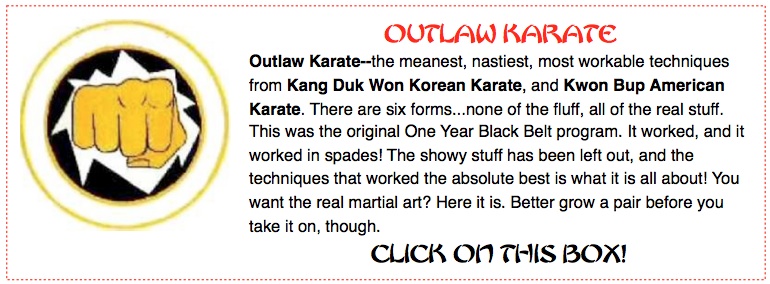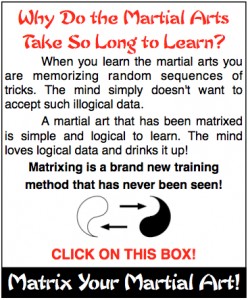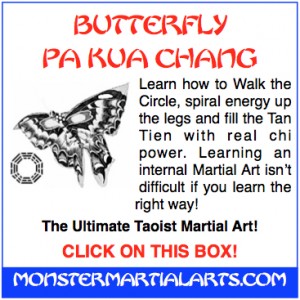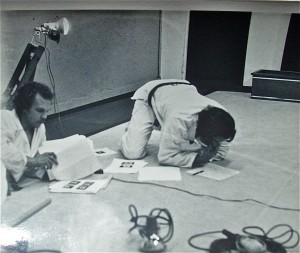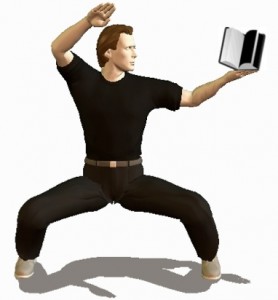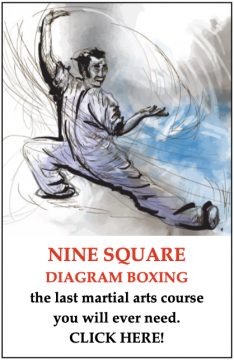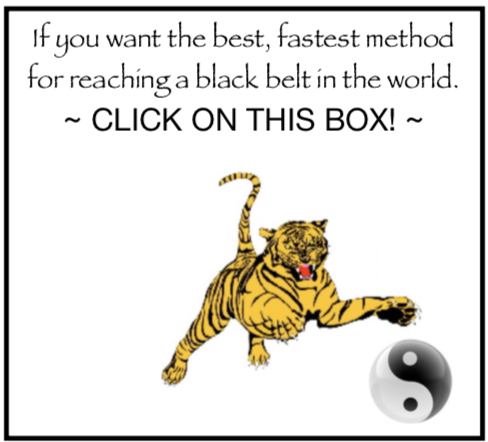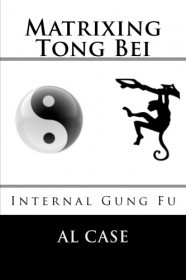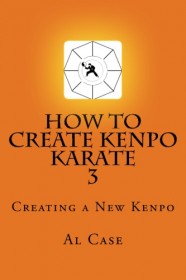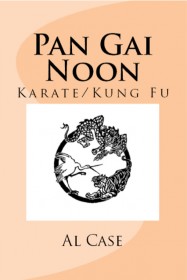 I always said I would never monetize my martial arts website. And, for years, I haven’t. However, times change, and the Great Matrixing Tour is in the works, and I need money to make that happen. Unless, of course, some millionaire out there wants to make a donation.
I always said I would never monetize my martial arts website. And, for years, I haven’t. However, times change, and the Great Matrixing Tour is in the works, and I need money to make that happen. Unless, of course, some millionaire out there wants to make a donation.
Before I get into the money making stuff, I should explain what the Great Matrixing Tour (GMT) is.
I began selling courses on Matrixing the martial arts back in 2007. If you read the wins on my website (MonsterMartialArts.com) you will note that there is high regard for the matrixing science, and this is because it is a science. Karate, Aikido, Tai Chi, all the other arts, are arts. But matrixing puts forth actual scientific principles. This makes the art easier to learn, faster to learn, more efficient, and so on. Simply, the wins people are having are incredible.
Now, being the ‘inventor’ of this method, I want to see how it is being applied throughout the world, or at least the US and Canada. So the GMT is me and the wife traveling around the United States and visiting people who have ordered courses from me.
It’s sort of funny, it is the greatest example of quality control in the history of the world. Somebody buys a $30 course and I come out to make sure it is working. Ha!
So, to make this happen, to make sure that Matrixing is being learned correctly, that there are no problems, and, let’s face it, to get info for more courses, I need to have dollars. So, alas, I finally start the monetizing process.
There are my own courses, of course, and you can find them on any of my sites or blogs. Any contribution is welcome.
But now i am starting to sell other things, and even to put in adsense and Amazon.
I have no idea how these things will work out, but, heck, life is an education, right?
So, check out those sidebars, if you see a uniform or a kicking bag or whatever from Amazon, click over and help support the GMT.
And, if you are interested in monetizing your own site, check out the Internet Source Book I have in the sidebar. I have spent years putting this together, there are thousands of dollars of courses reflected in this book, but the real blessing is this: I am a professional writer. I am not a computer guy trying to explain about computers, I am a professional writer, with the ability to explain things so you understand them.
So that’s it. Check out my sites, if you see a good deal, great…and if you don’t, enjoy this fine martial arts website I’ve put together.
